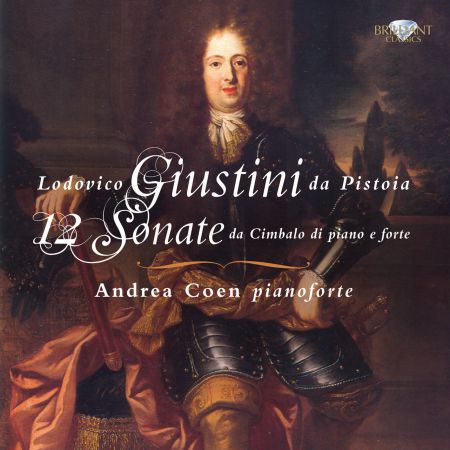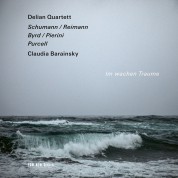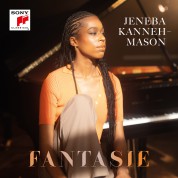Giustini: Keyboard Sonatas - CD
Tükendi
Bu Ürün Stoklarımıza Girince Haberdar Olmak İster Misiniz?
(+) Stoklara Girince Haber Ver
(+) Stoklara Girince Haber Ver
Ürün Hakkında
Barkod: 5028421940212
, Katalog No: 94021 , Firma: Brilliant Classics
, Yayınlanma Tarihi:
1 Mart 2010
Format Türü: CD, Format: 3 CD
ENGLISH
<br><br>Lodovico Giustini da Pistoia’s (1685-1743) set of 12 sonatas published in Florence in 1732 was a remarkably important event in the history of music. It is the first set of works composed specifically for the fortepiano, an instrument in the early stages of its development, and therefore these works can claim to being the ancestors of the piano sonatas by Haydn, Mozart and Beethoven. Without these works that tested the new instrument being developed by Bartolemeo Christofori, the history of the modern piano might have been very different indeed. These sonatas, whilst nodding in the direction of Domenico Scarlatti and Archangelo Corelli in places, look forward to the new and exciting world of the stile galante. This set Christoforo many challenges, as the sonatas, with their varied dynamics, tested the new instrument to its limits.<br /> <br /> One other interesting fact about this exploratory, indeed revolutionary music is that it was composed by a man who spent his entire life within the walls of The Congregation of the Holy Spirit of his hometown, Pistoia. He became a Jesuit at the age of 10, became the congregation organist in 1725, and then became a priest. However his reputation began to spread beyond the walls of Pistoia, and the publication in Florence of these sonatas is dedicated to the brother of King John V of Portugal, Antonio di Braganza, uncle of the the infanta Maria Barbara, the muse and pupil of Domenico Scarlatti.<br /> <br /> Other information: <br /> - Rare repertoire of great importance in history of the development of the piano and its compositions.<br /> - Includes booklet notes written by the performer.<br /> - “He brings good taste and the elegance required for this music, while also maintaining a fine sense of the quirky rhythms and dramatic side (to fine effect, for example, in the opening movement of the first sonata). He never plays down those effects that Giustini specifically asks for in these works—those of dynamics, and specifically, the sudden contrasts from one extreme to the other” (Fanfare Magazine, March/April 2011).Katkıda Bulunanlar
|
Bu Ürünler İlginizi Çekebilir










